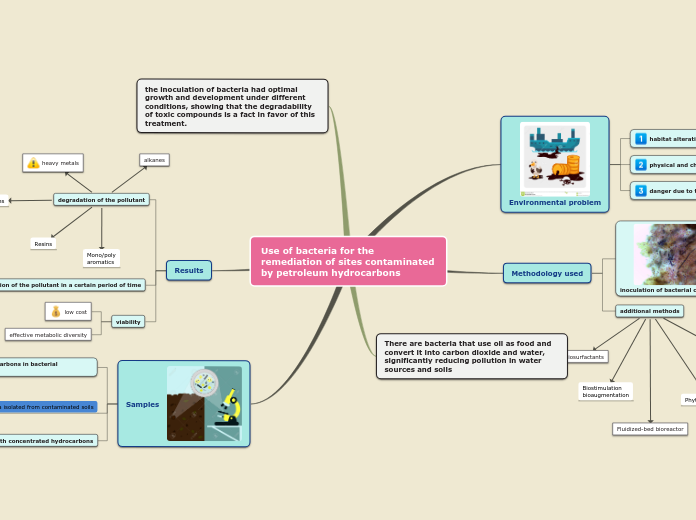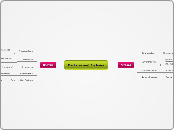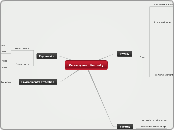da Diana Solano mancano 4 anni
293
Use of bacteria for the remediation of sites contaminated by petroleum hydrocarbons
Bacteria can be utilized to clean environments polluted with petroleum hydrocarbons through a process involving the introduction of specific bacterial consortia. Various genera such as Bacillus Mojavensis, Aeribacillus, P.









